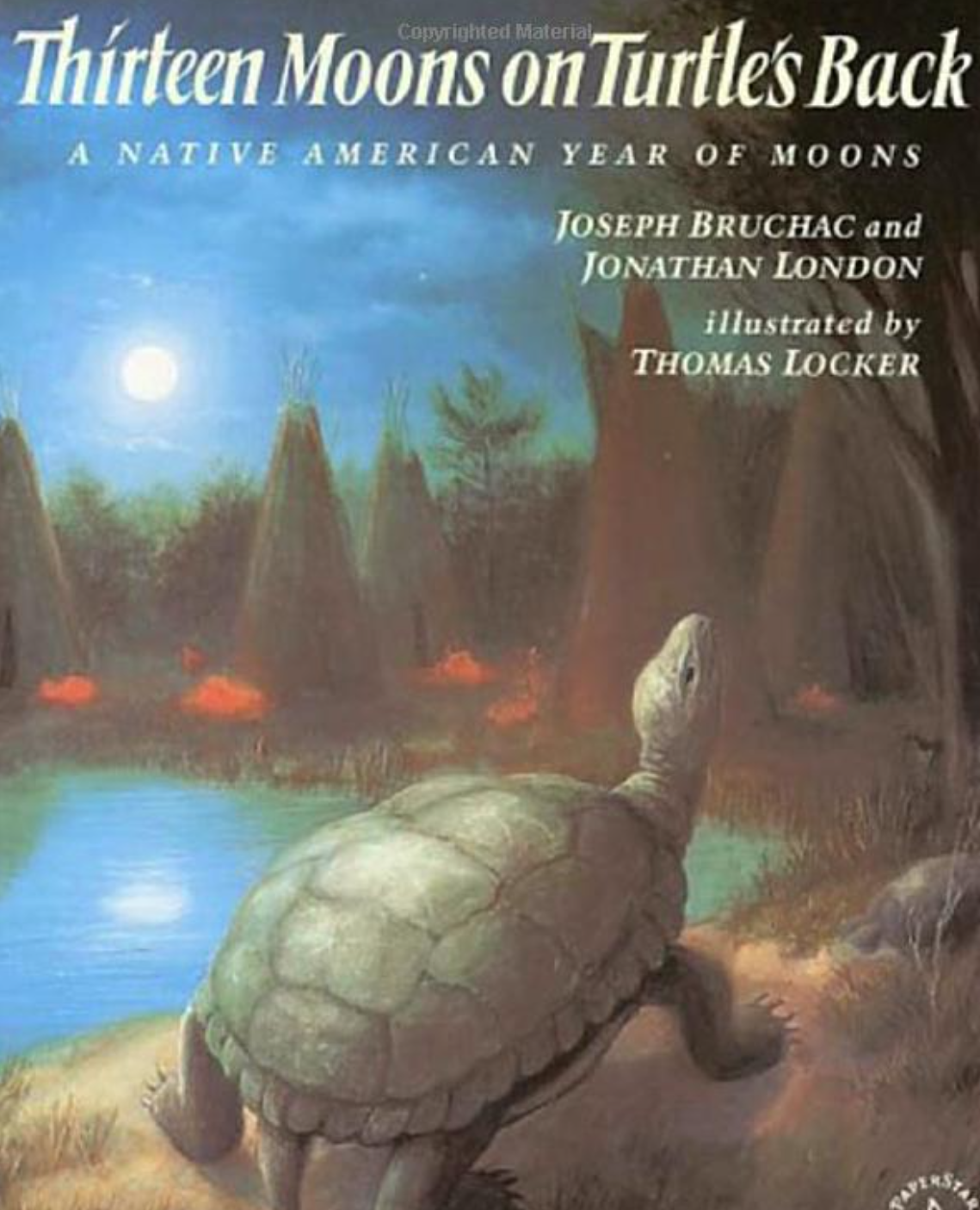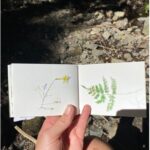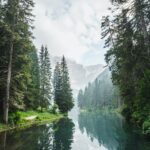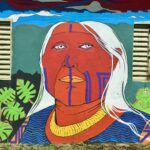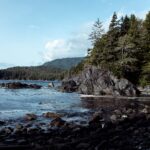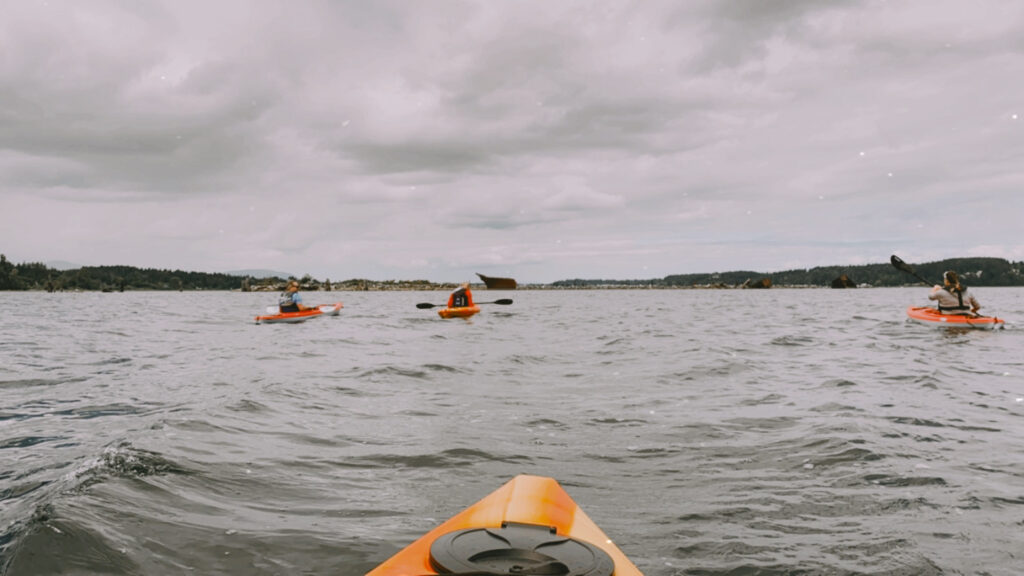
To describe the goals, competencies, and big ideas of the revised social studies curriculum I chose to include the lesson workshop as my artifact of learning. During the workshopping between classmates we had a chance to deep dive into our lessons and talk about student voice and choice, UDL and inquiry. For this particular lesson students are using social studies inquiry processes such as interpreting their local environment in order to make connections about the content they have learned about the seasons and how that connects to community. To make my lesson UDL friendly, it was suggested that I give students the option to draw, write, or form sentences in order to showcase learning. I found sifting through my lesson plans with classmates helpful to ensure that we were each covering the necessary content in an inclusive and interesting way.
| Introduction: Nature Walk T: Gathers students to go on a nature walk with sketchbooks to look for signs of (summer/fall/winter/spring). Let students know they can work solo / pairs, etc. *Teacher prompts: What do you notice about the colours of the forest? What noises do you hear? What do you smell? When you touch different things, what do they feel like? S: Recording their observations in their sketchbooks through drawings and words of what they are seeing / hearing / feeling, etc. T: Gather students and have a few students share their observations. S: Students will share their observations with the class. Activity: Connecting to Saanich Moons T: Activate Prior Knowledge: What are the Saanich moons?Remind students of what the Elder talked about in relation to the moons. S: Think / Pair / Share and tell findings to the class. T: Show students the Saanich Moon for that month (Ex. PEKELANEW – October). Model speaking the name ‘PEKELANEW’. S: Practice speaking the word PEKELANEW T: * Prepare a large piece of chart paper and divide into two sections. One side will represent the PEKELANEW moon and what images / activities are taking place. The other side of the chart will represent what the students do with their families / notice during that time of month. What are some things the community does? S: Students will write / draw what they see on the chart paper. What do those images represent? What colours do they notice? What activities are taking place. S: Fill out the other side of the chart, what they notice / activities happen during that time of month. Let them record on the other half of the chart paper. S: think, pair and share with a partner and then have a whole class discussion. Closure: S: 5 students to share their observations. Give students the choice to draw a picture or write a single word to represent their learning. | Materials: –paper, pencils, crayons Resources: 13 Moons on a Turtles backSaanich Moons |
